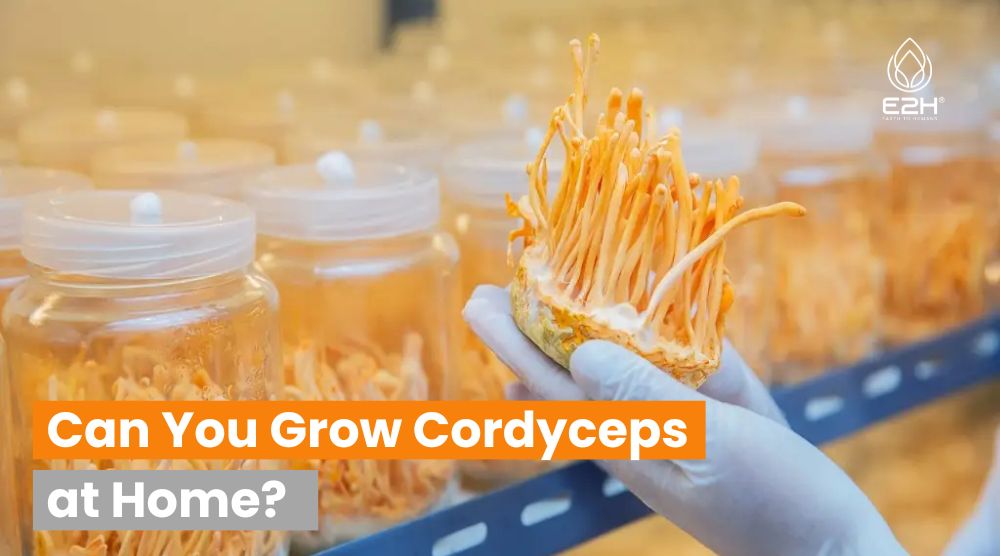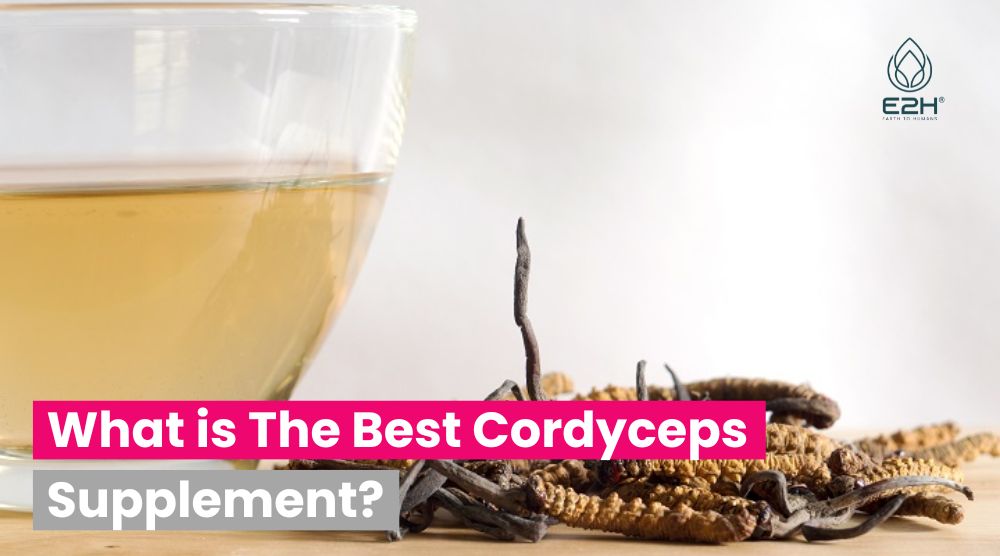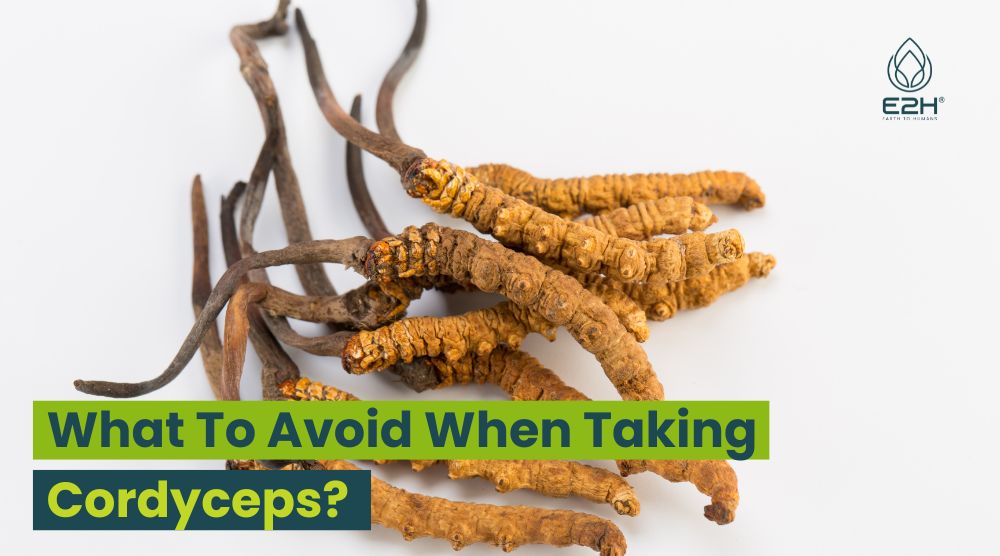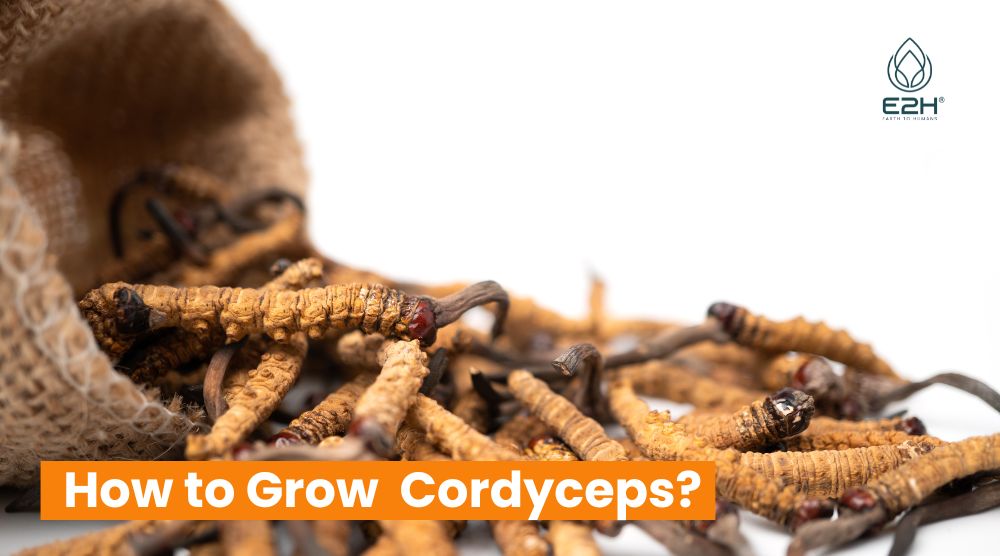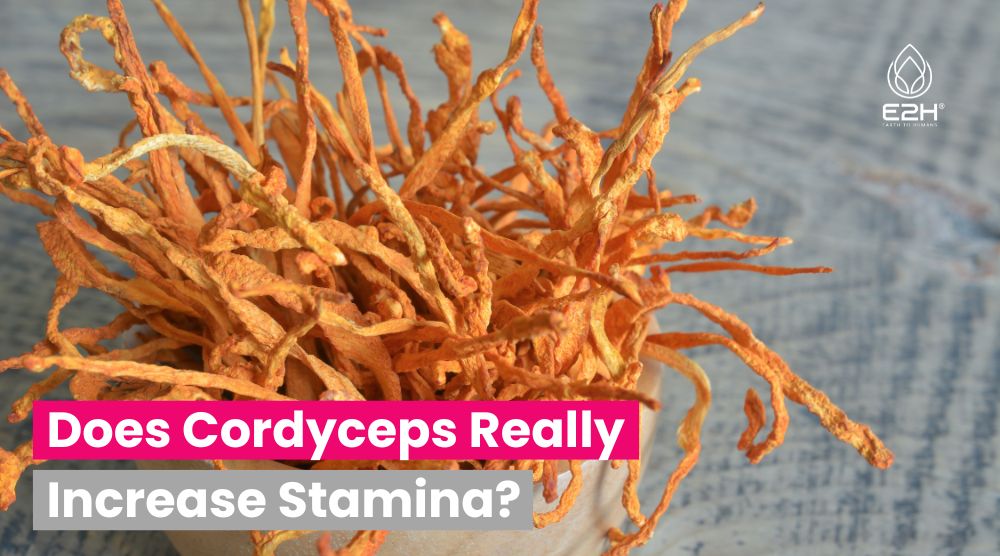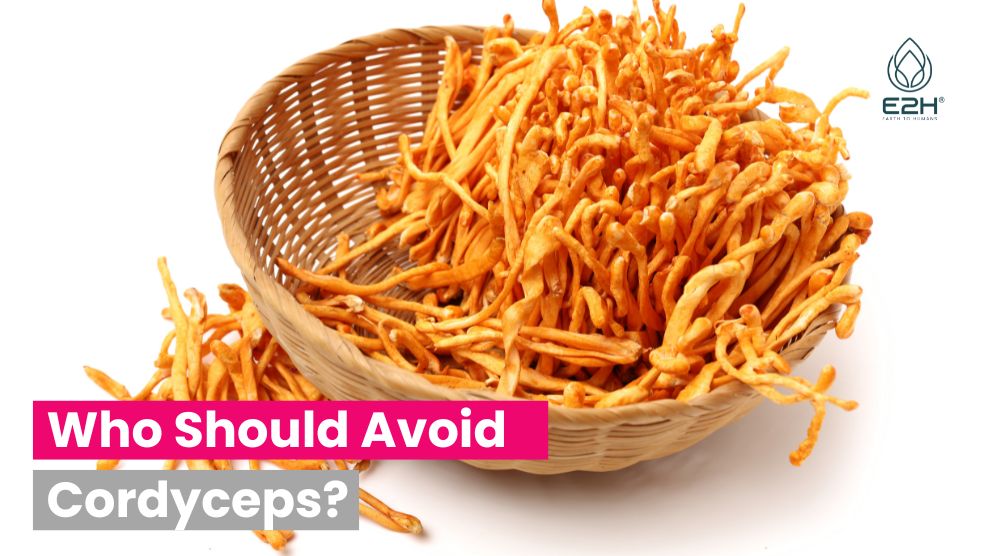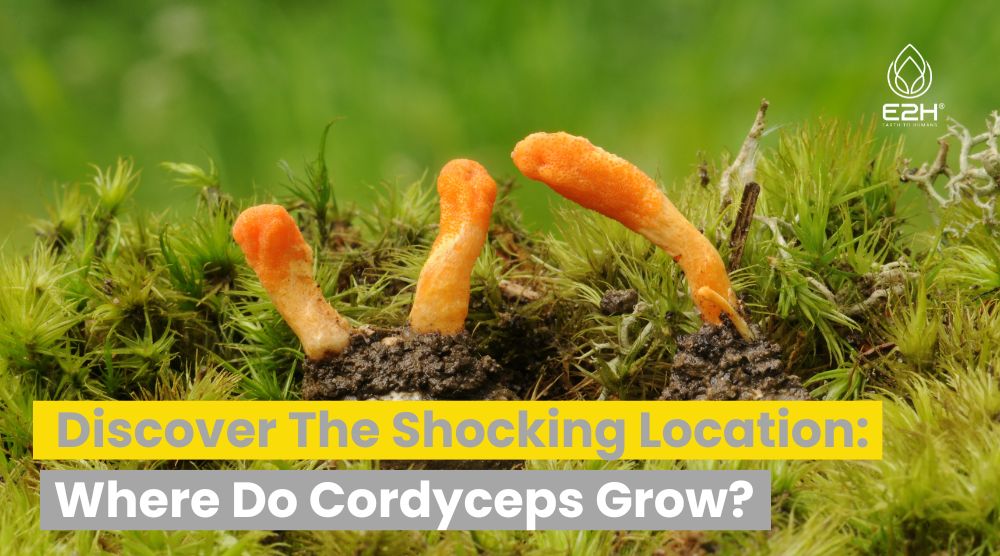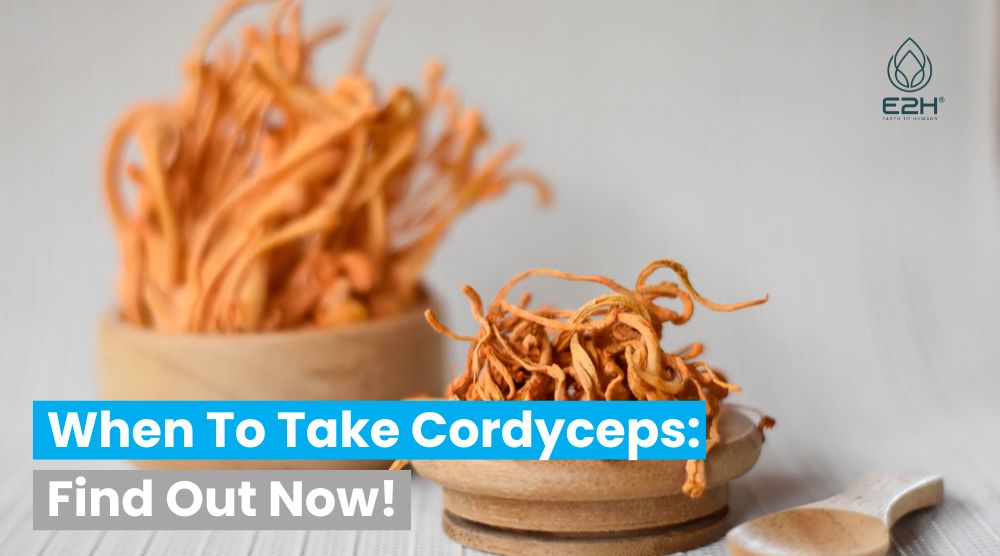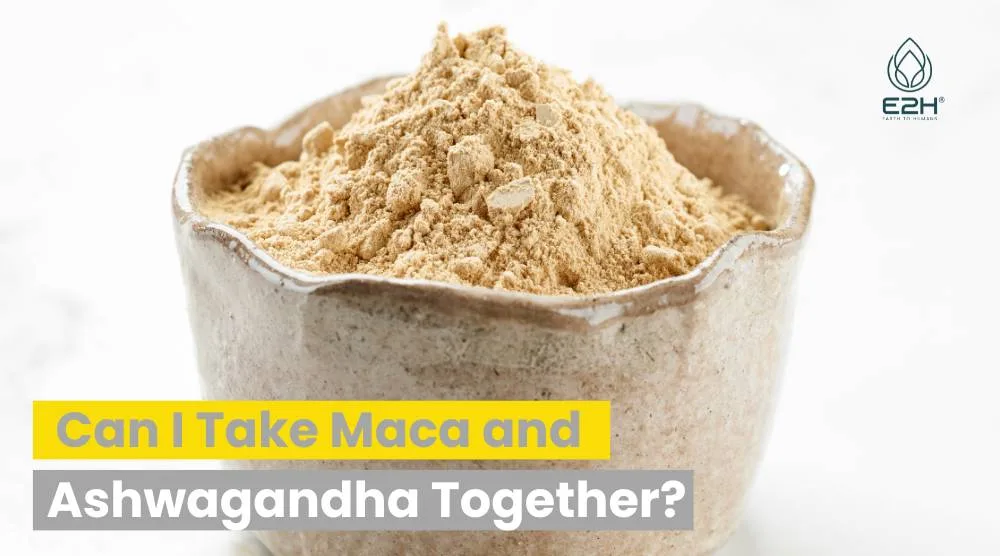Can You Grow Cordyceps at Home: Yes, you can successfully grow cordyceps at home with the right knowledge and equipment, allowing you to experience the myriad of benefits they offer in a more sustainable and cost-effective way.
Cordyceps, known for their extensive health benefits and unique growth patterns, have intrigued many. Whether you’re a health enthusiast, a curious cultivator, or someone looking for a new hobby, this guide is your gateway to understanding and growing this fascinating fungus. Keep reading to unlock the mysteries of cordyceps!
Why Grow Cordyceps at Home?
Growing cordyceps at home allows you to have a personal and sustainable source of this beneficial fungus, renowned for its health-boosting properties such as enhancing immunity and increasing energy levels.
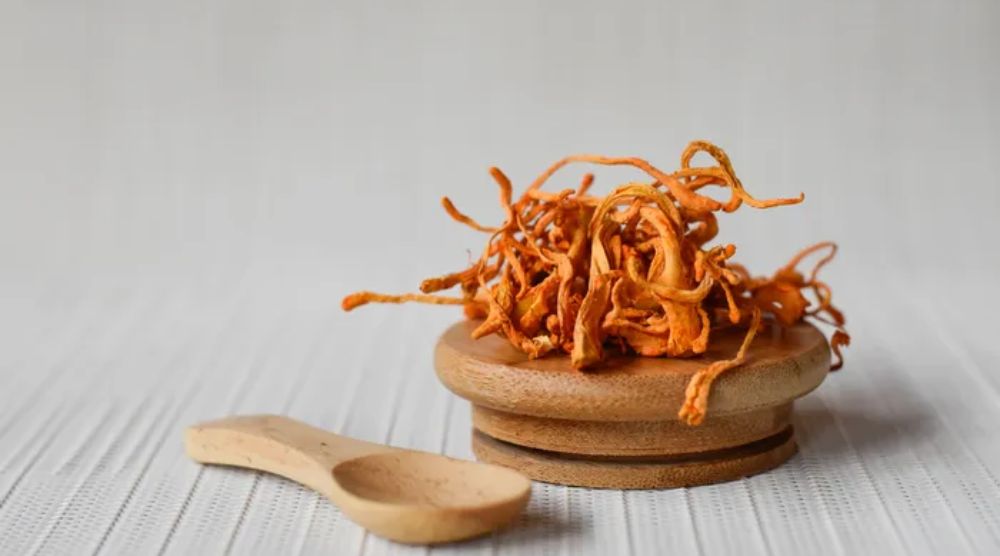
Home cultivation offers a cost-effective alternative to often expensive market prices of some cordyceps supplements, ensuring you receive all the natural goodness they provide. Additionally, the process of growing cordyceps can be a rewarding and educational experience, allowing you to learn more about the fascinating world of fungi.
Getting Started: What You’ll Need
Embarking on the cordyceps cultivation journey requires some preparation. Here’s a list of essentials you’ll need:
- Jars or Bins
- Cordyceps liquid culture or spawn
- Substrate (rice or oats)
- Pressure cooker or steamer
- Spray bottle
- Plastic bags or containers
- Latex Gloves
- Face mask
- 70% isopropyl
- Paper towels
The Cultivation Process
Growing cordyceps involves several steps, each crucial for the successful cultivation of healthy cordyceps.
Preparing the Substrate
Cordyceps thrive best on a substrate of grains like brown rice, or millet. Rinse the grains and soak them in water for 12-24 hours, then steam until fully cooked. Once cooled to room temperature, it’s ready for the cordyceps spawn.
Inoculation and Incubation
Inoculating the substrate with cordyceps spores is a delicate process, requiring a sterile work area. Distribute the spores evenly across the substrate. Then, incubate your jars or bins in a warm and moist environment, maintaining a temperature of approximately 20-25°C and a humidity level of 70-80%.
Fruiting and Harvesting
Once the substrate is fully colonized, it’s time to induce fruiting by decreasing the temperature to 15-20°C and increasing humidity levels to 90-95%. After a few days, you should start to see mature fruiting bodies forming. Harvest your cordyceps with care before the spores are released to avoid contaminating your growing environment.
Challenges and Solutions
Growing cordyceps at home isn’t without its challenges. Cordyceps are known to be picky eaters and require meticulous attention to detail. However, with patience, flexibility, and continuous learning, you can overcome these challenges and successfully cultivate cordyceps at home.
Continuous Learning and Experimentation
In my journey, I’ve learned that evolving the cordyceps formula and experimenting with different conditions and ingredients is crucial. Adjusting pH or moisture levels, experimenting with different lighting, tools, and extraction methods have all been part of my learning experience.
Sustainability Matters
I’ve also learned the importance of sustainability in cordyceps cultivation. I prefer using reusable glass jars or big reusable plastic bins over single-use plastic bags, aligning my cultivation practices with environmental consciousness.
The Rewarding Experience of Growing Cordyceps
Growing cordyceps at home has been an enlightening and rewarding journey for me. It has allowed me to delve deeper into the world of fungi, and medicinal mushrooms, learn more about the unique characteristics of cordyceps, and enjoy the health benefits of this fascinating mushroom.
Sharing the Knowledge
I’m excited to share my knowledge and experiences with fellow cordyceps enthusiasts. By guiding you through the cultivation process and sharing valuable tips and tricks, I hope to help you achieve success in growing cordyceps at home.
The Joy of Cultivation
There’s a unique joy in watching your cordyceps grow and thrive, knowing that you’ve nurtured them every step of the way. It’s a journey of discovery, learning, and ultimately, enjoying the fruits of your labor.
What are common home cordyceps cultivation challenges and solutions?
Maintaining Optimal Environmental Conditions
Problem:
Cordyceps require specific environmental conditions, including precise temperature and humidity levels. Any deviation from these optimal conditions can hinder the growth of cordyceps, making it a common challenge for home cultivators.
Solution:
Regular monitoring and adjustment of environmental conditions are crucial. Utilize hygrometers to monitor humidity levels and thermometers to check the temperature. Maintain a consistent environment by using humidifiers or dehumidifiers as needed and controlling the room temperature.
Contamination Control
Problem:
Contamination is a significant challenge in cordyceps cultivation. The presence of unwanted microorganisms can compromise the growth of cordyceps and reduce their quality and potency.
Solution:
Maintain a sterile work area and sterilize all equipment before use. Regularly clean the cultivation area and avoid any contact between the cordyceps and contaminants. Use of gloves, masks, and sanitizers can help in maintaining a contamination-free environment.
Substrate Preparation
Problem:
Preparing the right substrate is crucial for cordyceps growth, and any mistake in substrate preparation can lead to unsuccessful cultivation.
Solution:
Follow substrate preparation protocols meticulously, including proper rinsing, soaking, and sterilization of the grains. Ensure that the substrate is fully colonized before inducing fruiting to avoid contamination and ensure healthy growth.
Harvesting Timing
Problem:
Harvesting cordyceps at the wrong time can lead to a reduction in their medicinal properties and overall quality.
Solution:
Monitor the growth of cordyceps closely and harvest them at the right time, usually before the spores are released. Proper timing ensures the preservation of the medicinal qualities and maximizes the medicinal benefits of the cordyceps.
Sustaining Cordyceps Quality
Problem:
Maintaining the quality and potency of cordyceps is a common challenge, especially for beginners.
Solution:
Regular experimentation and learning are key. Adjusting the cultivation conditions, experimenting with different substrates, and continuous learning about cordyceps biology can help in sustaining and improving the quality of homegrown cordyceps.
How do the benefits and properties of different cordyceps species compare when grown at home?
Different species of cordyceps, like Cordyceps militaris and Cordyceps sinensis, offer unique benefits. Cordyceps militaris is less finicky and more accessible for home cultivation, providing similar health benefits to its wild counterpart, such as boosting immunity and enhancing athletic performance.
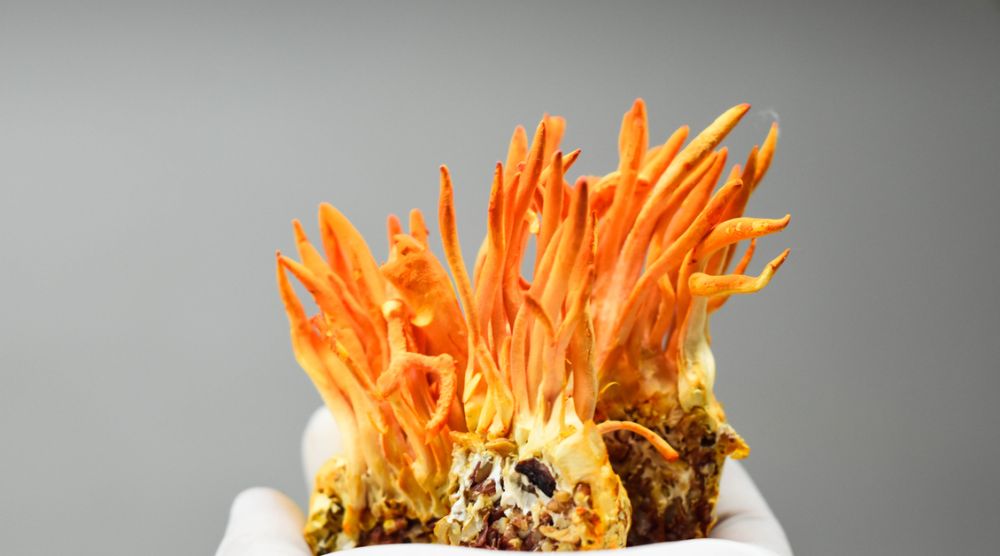
When grown at home, the benefits of different species largely remain intact, provided they are cultivated under optimal conditions. However, the efficacy of homegrown to grow cordyceps militaris can be influenced by the cultivation methods and conditions, impacting the concentration of beneficial compounds.
Are there certifications or permits required to grow cordyceps at home for personal use?
Generally, growing cordyceps at home for personal use doesn’t require special certifications or permits, allowing enthusiasts to explore the cultivation of this fascinating fungus freely. However, it’s crucial to stay informed about local laws and regulations, as they can vary.
If you decide to sell homegrown cordyceps or their derivatives, you may need to adhere to specific regulations and obtain the necessary permits or certifications, ensuring the safety and legality of your products. Always prioritize legal compliance and consumer safety when venturing into cordyceps cultivation.
Is growing cordyceps at home a cost-effective alternative to purchasing them?
Absolutely, growing cordyceps at home can indeed be a cost-effective alternative to buying them. Purchasing cordyceps, especially the wild types, can be quite expensive due to their rarity and high demand.
For instance, wild Cordyceps sinensis can cost over $20,000 per pound! In contrast, cultivating them at home significantly reduces the cost, requiring only an initial investment in equipment and spores. Over time, the savings can be substantial, allowing you to enjoy the benefits of cordyceps without the hefty price tag associated with purchasing them.
Is there a sustainable and eco-friendly way to grow cordyceps at home?
Yes, sustainability is a crucial aspect of home cultivation of cordyceps. Using reusable containers like glass jars or plastic bins instead of single-use plastic bags is one way to make the process eco-friendly.
Additionally, maintaining a clean and contamination-free environment reduces waste and ensures the longevity of your cordyceps culture. By adopting sustainable practices, you not only contribute to environmental conservation but also promote the healthy and organic growth of cordyceps, maximizing their benefits.
How can I ensure that the cordyceps I grow at home retain their medicinal qualities?
To ensure that homegrown cordyceps retain their medicinal properties, it’s vital to provide optimal growing conditions, including the right temperature, humidity, and substrate. Regular monitoring and adjustments are necessary to maintain these conditions.
Additionally, using high-quality spores and avoiding contamination are crucial for preserving the medicinal integrity of cordyceps. Harvesting at the right time, before the spores are released, also plays a role in maintaining the quality and potency of the cordyceps, allowing you to fully benefit from their medicinal qualities.
How can growing cordyceps mushrooms at home contribute to improving my overall health and wellness?
Growing cordyceps at home allows you to have direct access to this beneficial fungus, known for its ability to boost immunity, fight fatigue, and improve athletic performance. Having a fresh supply of cordyceps can contribute to a balanced and healthy lifestyle, enhancing your overall well-being.
Additionally, the process of cultivating cordyceps can be therapeutic, offering mental wellness benefits. Engaging in the cultivation process provides a sense of accomplishment and a connection to nature, contributing to emotional well-being and stress reduction, thus improving overall health and wellness.
Can Cordyceps sinensis be cultivated at home successfully?
Cultivating Cordyceps sinensis at home is indeed challenging due to its complex lifecycle and specific growth requirements. However, with advanced knowledge and meticulous attention to environmental conditions, it is possible to cultivate it successfully.
It requires a symbiotic relationship with the host insect, precise temperature, humidity, and substrate conditions. While it is more intricate compared to cultivating Cordyceps militaris, enthusiasts and researchers are continually exploring methods to make Cordyceps sinensis cultivation more accessible and successful at home.
What are the optimal growing conditions for Cordyceps militaris?
Cordyceps militaris prefers a well-controlled environment with specific conditions. The optimal temperature for mycelial growth is between 20-25°C, and for fruiting bodies, it’s slightly cooler, around 15-20°C. High humidity levels, around 90-95%, are crucial during the fruiting body stage.
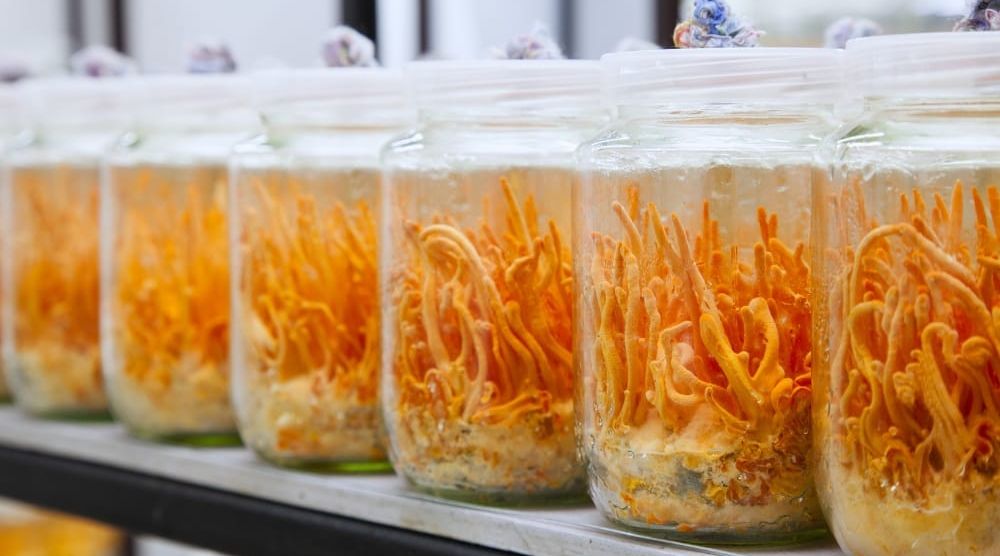
A substrate consisting of organic grains like rice or millet, enriched with nutrients, is ideal for its growth. Maintaining sterility and proper ventilation is also crucial to avoid contamination and ensure the healthy growth of Cordyceps militaris.
Is cordyceps mycelium used in medicinal preparations?
Yes, cordyceps mycelium is indeed used in medicinal preparations. It contains a rich array of bioactive compounds, including polysaccharides, nucleosides, and sterols, which are known for their immunomodulatory, anti-inflammatory, and anti-aging properties.
Mycelium-based preparations are available in various forms such as powders, tinctures, and capsules and are considered effective in enhancing overall health, boosting immunity, and improving energy levels. However, the concentration of active compounds may vary, and it’s essential to choose high-quality mycelium products to ensure efficacy.
FAQs
Can cordyceps be grown without a host insect?
Yes, certain species like Cordyceps militaris can be cultivated on grain-based substrates without requiring a host insect, making home cultivation possible.
How long does it take to grow cordyceps at home?
Typically, it takes around 3-4 weeks for cordyceps to fully colonize the substrate and an additional 2-3 weeks to produce mature fruiting bodies.
Are homegrown cordyceps safe to consume?
Yes, homegrown cordyceps are safe to consume, provided they are grown under sterile conditions, properly harvested, and free from contaminants.
Can cordyceps be cultivated in any climate?
Cordyceps require specific environmental conditions, but with controlled indoor environments, they can be cultivated in various climates.
Do cordyceps require light to grow?
Cordyceps do require light during the fruiting stage, but the light intensity and duration can be minimal, unlike plants.
Conclusion
So, can you grow cordyceps at home? Absolutely! With patience, knowledge, and a bit of experimentation, anyone can embark on the rewarding journey of cordyceps cultivation. It’s a wonderful way to connect with nature, learn more about the fascinating world of fungi, and enjoy the myriad of incredible health benefits that cordyceps have to offer.
I hope my journey and experiences inspire you to try growing cordyceps at home. It’s a fulfilling adventure filled with learning and discovery. Happy growing!
